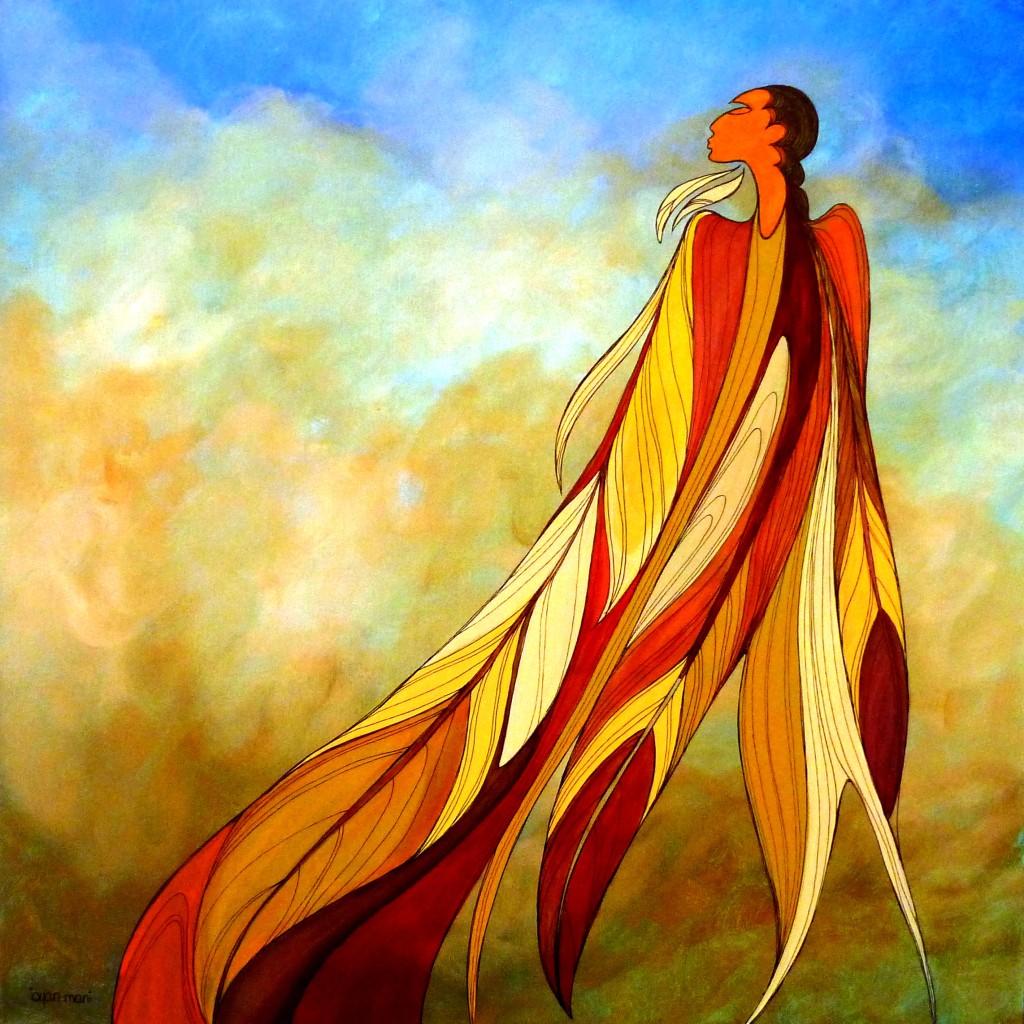Difference between revisions of "Team:Toronto/Practices"
Biobriceric (Talk | contribs) |
|||
| Line 8: | Line 8: | ||
</html> | </html> | ||
| − | + | <html> | |
| + | <!-- bower:css --> | ||
| + | <link rel="stylesheet" href="bower_components/bootstrap/dist/css/bootstrap.css" type="text/css" /> | ||
| + | <link rel="stylesheet" href="bower_components/flexboxgrid/dist/flexboxgrid.css" type="text/css" /> | ||
| + | <link rel="stylesheet" href="bower_components/highlightjs/styles/github.css" type="text/css" /> | ||
| + | <!-- endbower --> | ||
| + | <link rel="stylesheet" href="styles/styles.css" type="text/css" /> | ||
| + | |||
| + | |||
| + | <body></body> | ||
| + | |||
| + | |||
| + | </html> | ||
| + | |||
<html> | <html> | ||
<div id="navigation"> | <div id="navigation"> | ||
<ul> | <ul> | ||
| − | <li><a href=" | + | <li><a href="index.html">home</a></li> |
| − | <li><a href=" | + | <li><a href="team.html">team</a></li> |
<li><a href="#">project</a> | <li><a href="#">project</a> | ||
<ul> | <ul> | ||
| − | <li><a href=" | + | <li><a href="description.html">description</a></li> |
| − | <li><a href=" | + | <li><a href="experiments.html">experiments</a></li> |
| − | <li><a href=" | + | <li><a href="results.html">results</a></li> |
| − | <li><a href=" | + | <li><a href="design.html">design</a></li> |
</ul> | </ul> | ||
</li><li><a href="#">parts</a> | </li><li><a href="#">parts</a> | ||
<ul> | <ul> | ||
| − | <li><a href=" | + | <li><a href="parts.html">parts</a></li> |
| − | <li><a href=" | + | <li><a href="basic_part.html">basic parts</a></li> |
| − | <li><a href=" | + | <li><a href="composite_part.html">composite parts</a></li> |
| − | <li><a href=" | + | <li><a href="part_collection.html">part collection</a></li> |
</ul> | </ul> | ||
| − | </li><li><a href=" | + | </li><li><a href="notebook.html">notebook</a></li> |
| − | <li><a href=" | + | <li><a href="attributions.html">attributions</a></li> |
| − | <li><a href=" | + | <li><a href="collaborations.html">collaborations</a></li> |
| − | <li class="active"><a href=" | + | <li class="active"><a href="practices.html">human practices</a></li> |
| − | <li><a href=" | + | <li><a href="safety.html">safety</a></li> |
| − | <li><a href=" | + | <li><a href="modeling.html">modeling</a></li> |
| − | <li><a href=" | + | <li><a href="measurement.html">measurement</a></li> |
| − | <li><a href=" | + | <li><a href="software.html">software</a></li> |
| − | <li><a href=" | + | <li><a href="entrepreneurship.html">entrepreneurship</a></li> |
</ul> | </ul> | ||
</div> | </div> | ||
| Line 54: | Line 67: | ||
</div> | </div> | ||
</html> | </html> | ||
| − | + | <html> | |
| + | <script src="https://cdn.mathjax.org/mathjax/latest/MathJax.js?config=TeX-AMS_HTML-full"></script> | ||
| + | <!-- bower:js --> | ||
| + | <script src="bower_components/jquery/dist/jquery.js"></script> | ||
| + | <script src="bower_components/bootstrap/dist/js/bootstrap.js"></script> | ||
| + | <script src="bower_components/highlightjs/highlight.pack.js"></script> | ||
| + | <!-- endbower --> | ||
| + | <script src="js/bundle.js"></script> | ||
| + | |||
| + | </html> | ||
Revision as of 02:47, 19 September 2015
iGEM Toronto Human Policy and Practices

The main purpose of our exploration in Athabasca was to understand and recount the stories of water management within the Oil Sands, and how such management affects the communities living downstream of industry and potential pollutants. The goal of our blog is to provide a platform to share the stories of environmental health and water-based interactions of those on the front lines of the Oil Sands industry – often these are First Nations communities, who are fighting for their right to a healthy environment through free, prior and informed consent of what developments are allowed on their lands.
From “Beautiful Destruction” Essay and Photography book by Louis Helbig. The blog was updated throughout the week as we continue our journey through the stories of Alberta oil. Where we met proffessors at University of Alberta, Keeper's of the water gathering three different first nations namely : Dene Tha' , Beaver Cree , treaty 8. We also visited suncor - one of the biggest oil companies in Canada - where we were briefed on the industrial process involved in the extraction of oil sands tailings water.
11257097_480582855426577_6261298571459315342_n
We are a research team working on the land of the Anishinaabe, Haudenosaunee and Wendat people, and some of us are environmental health advocate currently working on a project relating to remediation of toxic substances from tar sands tailings ponds. My experience includes work with Toronto350, 350.org and University of Toronto Environmental Action, however the project I am contacting you about today is with University of Toronto’s iGEM Undergraduate Research Team.
Our team is working in bioengineering a version of non-harmful bacteria that could be added to tailings ponds, to breakdown toluene in the water to a safe alternative form. As one of the main harmful substances in tar sands tailings, toluene seemed an appropriate focus for our group in trying to aid public health for frontline communities affected by tar sands runoff.
There is a Policy and Practices aspect of our project, which aims to bridge our scientific work with the real world social issues of the tar sands tailings runoff.
We will be presenting our tailings ponds remediation research at the Massachusetts Institute of Technology (MIT) in September, and we feel it would be truly inappropriate to do so without adequately advocating for the position of those most directly affected by the ponds. This is why we have ventured to Alberta, to listen to the stories and opinions of individuals and communities living around the oil industry.